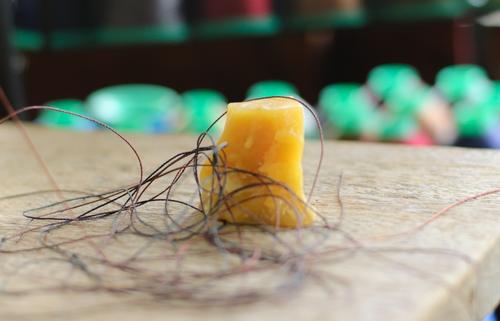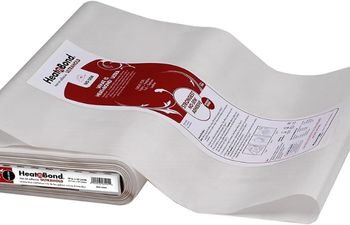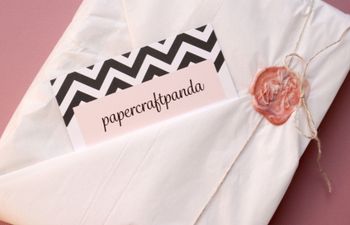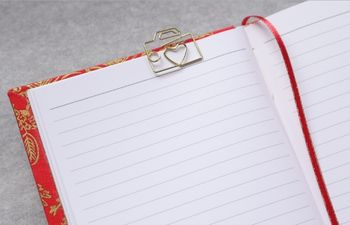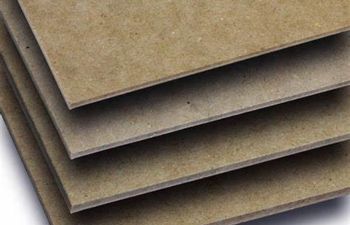The Internet will tell you to wax bookbinding thread before using it in a book, but is waxing truly necessary? In this post, I’ll explore the pros and cons of waxing linen thread and why I feel the choice is not as simple as some might lead you to believe.
Why wax linen thread?
Before I jump into the pros and cons, it might be wise to explain why book makers wax linen thread in the first place.
It’s hard to know exactly when the practice started, but book historians seem to think it came about during the industrial period (within the last few hundred years) when advances in book making took off.
As books moved into mass production, the art of hand bookbinding declined. Book makers turned to custom orders, fine binding, repair and conservation. While machines were creating “throw away” books held together by weak glue and staples, bookbinders were focused on refining their techniques in order to improve spine strength, flexibility and longevity. To make a living, they had to produce the highest quality bindings in the shortest amount of time.
Linen thread is fairly inexpensive, natural, strong and available in many different thicknesses. This enabled bookbinders to reduce spine swell (and therefore improve book longevity) by choosing the right thread thickness for the chosen paper weight. Sewing with linen thread also has a few pesky problems to solve:
- tightness considerations (too tight and the book won’t open, too loose and the book will fall apart)
- machine-twisted thread has a high tension and can tangle while sewing
- pulling thread through paper can cause friction, leading to paper burns & tearing
To get around some of these issues, bookbinders in the 19th century began using wax to lubricate thread. This technique was clearly successful as it has remained a steadfast part of the binding process ever since. Even so, there are pros and cons to consider.
Pros of waxing bookbinding thread
As mentioned, lubricating linen thread had many advantages in bookbinding. Some of the pros include:
- extra hold. Tacky waxes make it easier for thread to grab hold of paper and remain in place
- less tangles. Wax can smooth fibers, add weight and thickness to thread. This leads to fewer tangles while sewing
- reduced friction. Lubricated thread causes less friction when sliding along paper, making burns & tears less likely
Cons of waxing bookbinding thread
While there are very good reasons to wax linen thread, there are some drawbacks. Some of the cons include:
- waxes can be acidic. Acidic waxes will break down paper and supports over time, reducing a book’s lifespan
- wax melting points differ. Waxes with low melting points exposed to excessive heat will become soft and liquid inside the book, potentially damaging the spine
- unnecessary thickness. Applying wax to thread increases the gauge, which can lead to spine swell if not monitored closely
- extra steps & cost. Waxing bookbinding thread is an extra step with added cost (100% natural waxes can be hard to source and expensive)
So, should we REALLY be waxing bookbinding thread?
In bookbinding, less is more. Applying wax to thread can introduce acids and thickness. Tangling and friction can be easily managed by steady, patient hands.
With these things in mind, the question transforms to this: Does waxing bookbinding thread work for YOU personally?
My standards for materials and process in bookbinding have evolved over time. The idea of creating something that will live on through future generations (yep, I’m a romantic) is appealing to me. Since wax can add acidity, I don’t find it necessary unless it provides additional benefit for the book (e.g: coptic bindings (like my mini journals) and other exposed spine works that need extra support).
In your world, lubricating thread might have a lot of benefit. Maybe you’re super busy with just a few hours to yourself each week. Waxing thread might save you enough time to create a book or two on evenings and weekends. Who knows? Either way, you have to do what works best for you. I recommend you try it out before committing to it one way or the other.
I’ve decided to wax my bookbinding thread. What should I use?
If you’re going to wax bookbinding thread, be sure to choose a 100% natural wax (non-synthetic) like beeswax. Beeswax is the preferred lubricant because it’s organic, has a high melting point and a pH value of around 7 (pH neutral). Of course, the pH value will vary if the beeswax has been diluted with crap (some manufacturers do this to increase profits), so be sure to do your homework before buying.
Alternative to beeswax
For those sensitive to using beeswax, silicone might be a better option. Since silicone does not contain water, it is considered neutral with a pH value of 7. Silicone has less hold since it’s not as tacky as beeswax, but it works great for reducing tangles and friction.
Beware the fakes
At this point, you’ve likely made up your mind about whether or not it makes sense to wax bookbinding thread. Even so, I’ll quickly share my perspective for anyone who would like an insider point of view.
I’ve been making books for the past 7 years. In the beginning, I hopped around from using a cake of beeswax to buying expensive machine waxed and polished linen threads. I even ordered some highly rated beeswax from Texas (at a hefty price), but I was deceived. The wax had been diluted with paraffin. Paraffin has a much lower melting point, so the wax ran goopy on the spine of my book (after sitting in a warm car for an hour while shopping), ruining the paper. It was real bummer, so do your research and beware the fakes.
If you’re looking for a kit with good beeswax, I do offer them in my Etsy store and I do ship international.
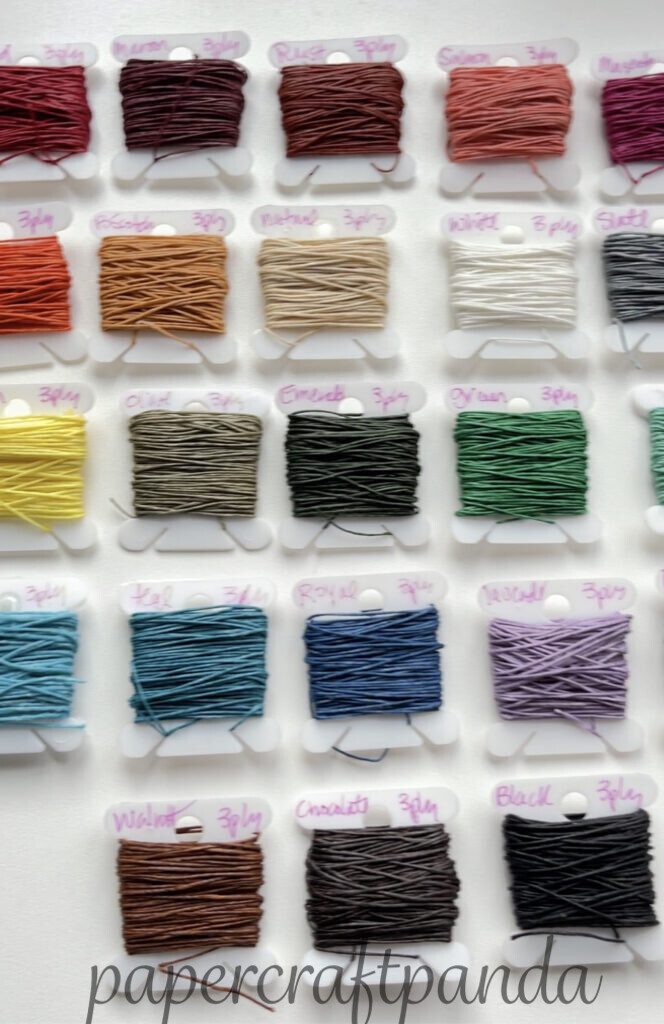
More bookbinding goodness
✨ What tools do I need to get started bookbinding?
- Bookbinding Tools & Supplies Quick Start Guide – learn all about book making tools, which to buy first & where to go online
- Pick up my popular Complete Starter Bookbinding Tools Kit – all the bookbinding essentials in one spot
🌟 Looking for a simple way to start making books?
Try a Complete Book Materials Kit. Each one has everything you need (+ tutorials & videos) to make a beautiful book without all the fuss.
Thank you for taking me along on your book making journey!
Misty
